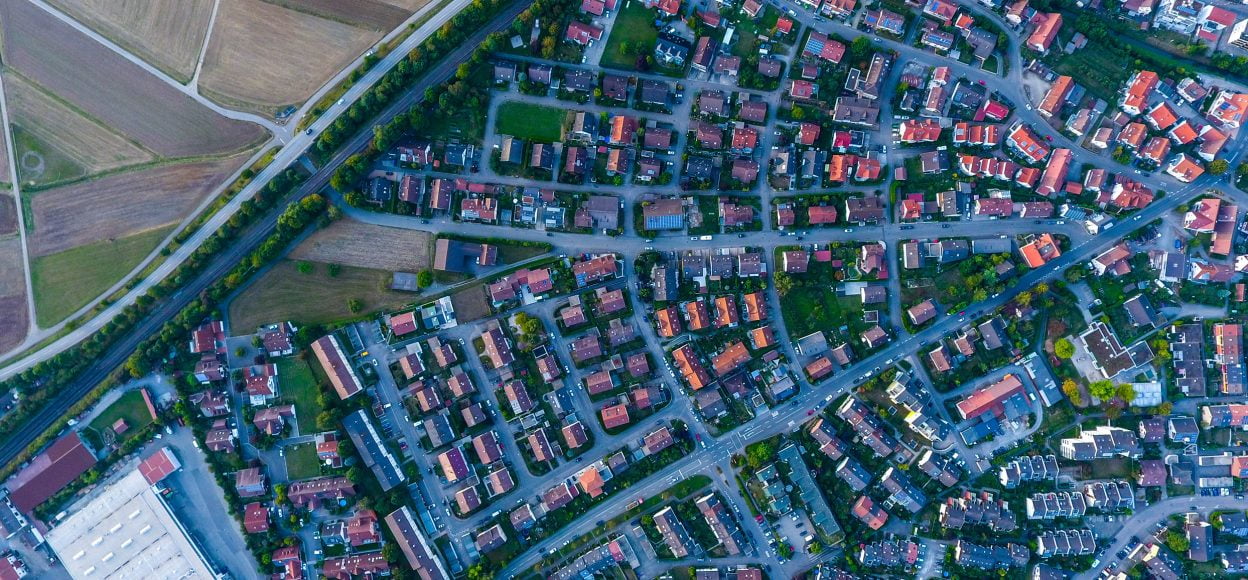In 2021, the Green Belt will be 86 years old. It certainly hasn’t settled down into a quiet retirement. It has always been controversial, but as time has gone by, and pressure on land has increased, the debate about its purposes and its future has grown ever more intense.
A few days ago, the Parliamentary Housing, Communities and Local Government Committee issued a report which calls into question many of the planning initiatives of the current Government. Amongst other things, they said, “A review should examine the purpose of the Green Belt, including whether it continues to serve that purpose, how the public understand it, what should be criteria for inclusion, and what additional protections might be appropriate.”
This hits the nail on the head. As was eloquently discussed at a recent Planning Futures event, featuring Sara Whelan from Dacorum Borough Council, Constanze Bell from Kings Chambers and myself, there is considerable confusion and misapprehension. Bell noted (with careful understatement) that our approach to Green Belt matters is “not exactly mathematical”; I also pointed to how emotion almost always outweighs rationality whenever there is discussion about Green Belt matters.
In the minds of the general public, Green Belt is often thought to be about protecting beautiful landscapes. In fact, it isn’t. AONB and other landscape designations exist to do that. Green Belt is about urban containment: limiting the extent to which our cities and towns are allowed to expand, for several reasons – good reasons, but reasons that need to be challenged and properly justified.
Five Purposes
The NPPF confirms that Green Belt is there to serve five very specific purposes: to check unrestricted sprawl; to prevent neighbouring towns merging; to assist in safeguarding the countryside from encroachment; to preserve the setting and special character of historic towns; and to assist in urban regeneration, by encouraging the recycling brownfield land.
When Green Belt boundaries were drawn up, often in the 1950s and 60s, there was much less pressure on land, and, as a society, we had different priorities. The concepts of sustainability and combatting climate change had yet to be invented. Hence, it was all too easy for the mapmakers to decide that a 2 mile gap between town A and town B should be preserved for all time, even though the land concerned may be unattractive and plagued by “urban fringe” uses that are a nuisance to local people, and even though there might be an underused train station very close by.
A Rational Rethink
It is logical that Green Belt policy should be enduring, but that shouldn’t mean immutable for ever. After 86 years, we should be prepared to take a cool look at Green Belt boundaries and have a sober discussion about which land really deserves that continued designation, and which – in society’s best interests – would be better used in different ways. Perhaps “beauty” should come into the equation – both to ensure that land which really does uplift the soul because of its attractiveness is given protection, and to ensure that land which does not is not left in a permanent state of stasis – but as a specific consideration along with others?
A good start might be to re-label Green Belt for what it is: urban containment zone. That should take much of the emotion out of discussions about it, and allow for the rational debate advocated above. Then perhaps add in a new designation, which might be called something like “valued greenspace” to pick up and protect the land that has true landscape quality and/or (as emphasised by Whelan) is important for its contribution to biodiversity.
Pressure Point
Pressure is building. A growing number of local planning authorities, to their credit, are being brave enough to propose reviewing their Green Belt boundaries: as an example, L B Enfield recently announced it is considering releasing the Green Belt constraint from land that is well placed to provide for the building of 6,000 homes. The Government is resolute about increasing housebuilding and “reforming” the planning system. Let us hope that the Parliamentary Committee’s recommendation might prove to be the watershed, and that rationality can now be allowed to prevail.

